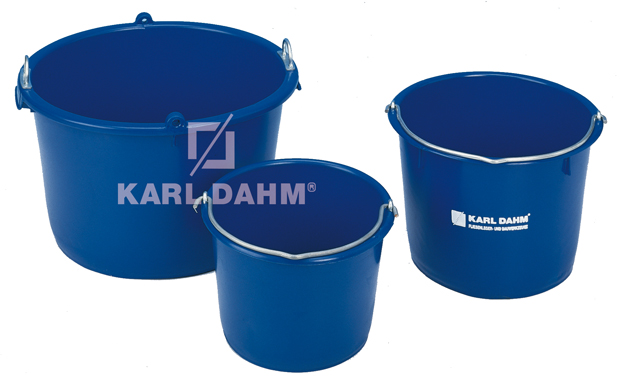Day after day, we receive news in the press from all over Germany, from the individual regions where the flood of the century has now struck.
However, we must all be aware that the full extent of this disaster will only become apparent when the level of the individual rivers recedes. Every house affected by the floods will suffer serious water damage.
Read more ...
But what to do in the event of water damage?
The most important task in the event of water damage, whether caused by flooding, force majeure or self-inflicted damage: In any case, make sure that all the water in your premises is drained away as quickly as possible. The longer the water remains in the room, in contact with the wall and floor, the greater the water damage will be in the end.
Water damage is caused by contact between water and the individual building materials in walls and floors. During the period of contact, the walls and floor absorb the moisture from the water like a sponge.
It can take years for these walls to dry out completely or for all the water damage to be repaired. Unfortunately, this also applies to anyone who is now allowed and able to return to their house or flat after this century of flooding in Germany. Don't wait a minute longer to banish the damp, mud and dirt from your rooms as quickly as possible. Everything has been under water for long enough and the materials have had time to soak up the water. Limit the water damage as much as possible.
So don't wait too long in the event of water damage, because you need to act immediately.
Water damage - First aid
Make sure that you remove the mud from your living space. Keep water damage to a minimum by using buckets of various sizes to remove the mountains of dirt. We recommend that you obtain a selection of buckets in different capacities. This will make your work easier. Also make sure that the buckets have recessed grips or extra carrying handles.
After you have removed the coarsest dirt, start pushing the mud and the remaining dirty water together with a water scraper. This makes it easier to remove from the area of water damage. Such water scrapers are available in different sizes. Save yourself valuable time and use the larger water scrapers. This makes it possible to remove the areas affected by the water damage by pushing them together. It is particularly helpful to work in parallel with wet vacuum cleaners, which work like a vacuum cleaner. This means that standing dirty water can simply be sucked up.
A moisture meter can be used to measure the moisture hanging in the walls due to the water damage. If you do not want to buy such a measuring device yourself, contact a specialist company in your region that specialises in construction drying. These specialised companies will carry out the required moisture measurements and can also provide you with an assessment of the overall water damage.
Water damage - what to do to save major costs
Water damage can not only be caused by rivers overflowing. Other water damage can also be caused by the ingress of rainwater, burst pipes or the overflowing of washing machines.
But what is the first thing I can do in the event of water damage?
In this section, we have put together a small selection of the most important tools and equipment that can help you to combat the initial masses of water.
Water damage first aid - a short checklist of what you need
- Buckets in different sizes
- Sponges to help soak up and wipe up the water
- Water slide and slider, ideally made of foam rubber
- A wet vacuum cleaner with a large capacity
- Wiper
- Waterproof work clothes and shoes
In addition, building moisture meters and dehumidifiers are other important tools that can help you in the event of water damage.
Water damage - what the specialists do
Water damage control by a professional
After you have carried out the initial measures following water damage, you should definitely contact a specialist in the field of wall and floor drying and seek advice on the next steps for drying out your rooms. Specialist companies and service providers in the field of construction drying in your area are recommended.
The professional uses large drying equipment to remove the water damage. The specialist also carries out a professional inspection to analyse the specific water damage.

Plastic buckets, various sizes from KARL DAHM

Floor washing set with new squeeze-out device, art. no. 12266

Foam rubber slider, new version, stable and high quality, Art. 10524, 11526
Do you have any questions or would you like personal advice on tiling tools?
Give us a call or write to us:
Tel. +49 8667 878-0
E-Mail: info@dahm-werkzeuge.de
Advice before purchase and service in technical matters is our top priority. Almost all our products are in stock and immediately available.
Let us convince you of our tiling tools and their quality!







































